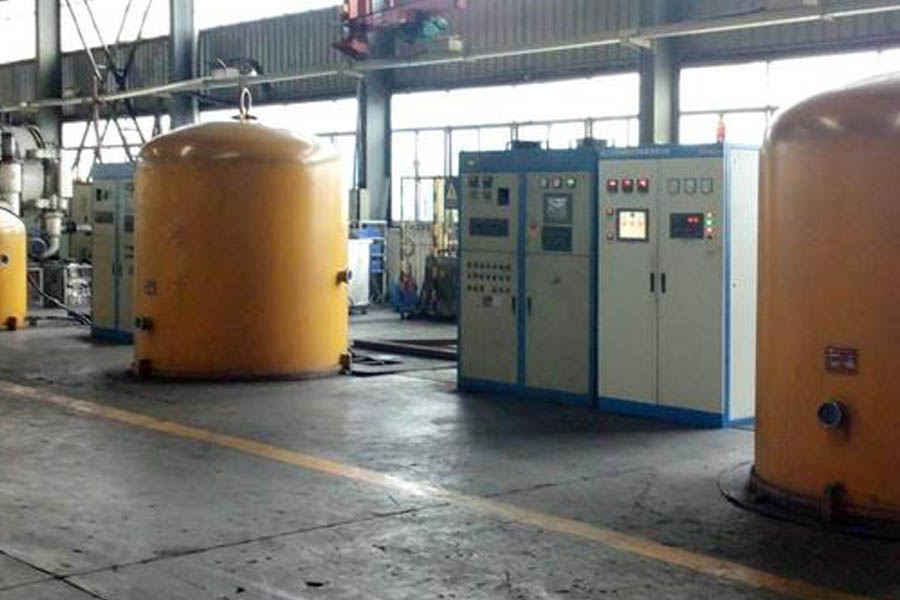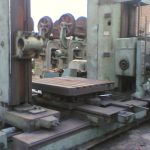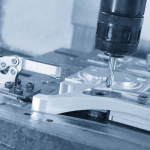
Injection molds are parts that give plastic shapes and dimensions during molding.Although the structure of the mold may vary widely due to the variety and performance of plastics, the shape and structure of plastic products, and the type of injection machine, the basic structure is the same.
Injection molds are divided into thermosetting plastic molds and thermoplastic plastic molds according to the molding characteristics; according to the molding process, they are divided into transfer molds, blow molds, casting molds, thermoforming molds, hot press molds (compression molds), injection molds, etc. Among them, hot press molds can be divided into three types: overflow, semi-overflow, and non-overflow. The injection mold can be divided into two types: cold runner mold and hot runner mold based on the pouring system; according to the loading and unloading method It can be divided into two types: mobile type and fixed type.The classification of molds is also distinguished according to different processing techniques.The injection mold is to inject the molten plastic into the cavity of the mold at a certain speed and pressure. After the plastic is cooled, the mold is opened to take out the molded injection product.
Compression mold is abbreviated as compression mold_Plastic raw materials are directly added into the open mold cavity, the mold is closed, the plastic becomes a fluid state and fills the cavity under the action of heating and pressure, and then the product is chemically crosslinked or physically cooled Hardening and setting.
Compression molds use a heated mold to heat and press the plastic sheet into a shape, then open the mold, take out the molded product, and put it in cold water for shaping and cooling.Compression molding is an important technical process in molding processing. It has a wide range of applications in industrial production and industrial processing, and plays an important role in people’s lives.Generally, powder, granular, agglomerate, flake, or even a preform similar to the product is made, placed in the cavity of a heated mold, and then the mold is closed and pressurized to form and solidify or vulcanize, and then After demolding the product (see figure), this method is especially suitable for the molding process of thermosetting plastics (see thermosetting resin).The disadvantage is that the production cycle is long, the efficiency is low, and the product dimensional accuracy is poor.
Link to this article:What are injection molds and compression molds?What are the differences?








